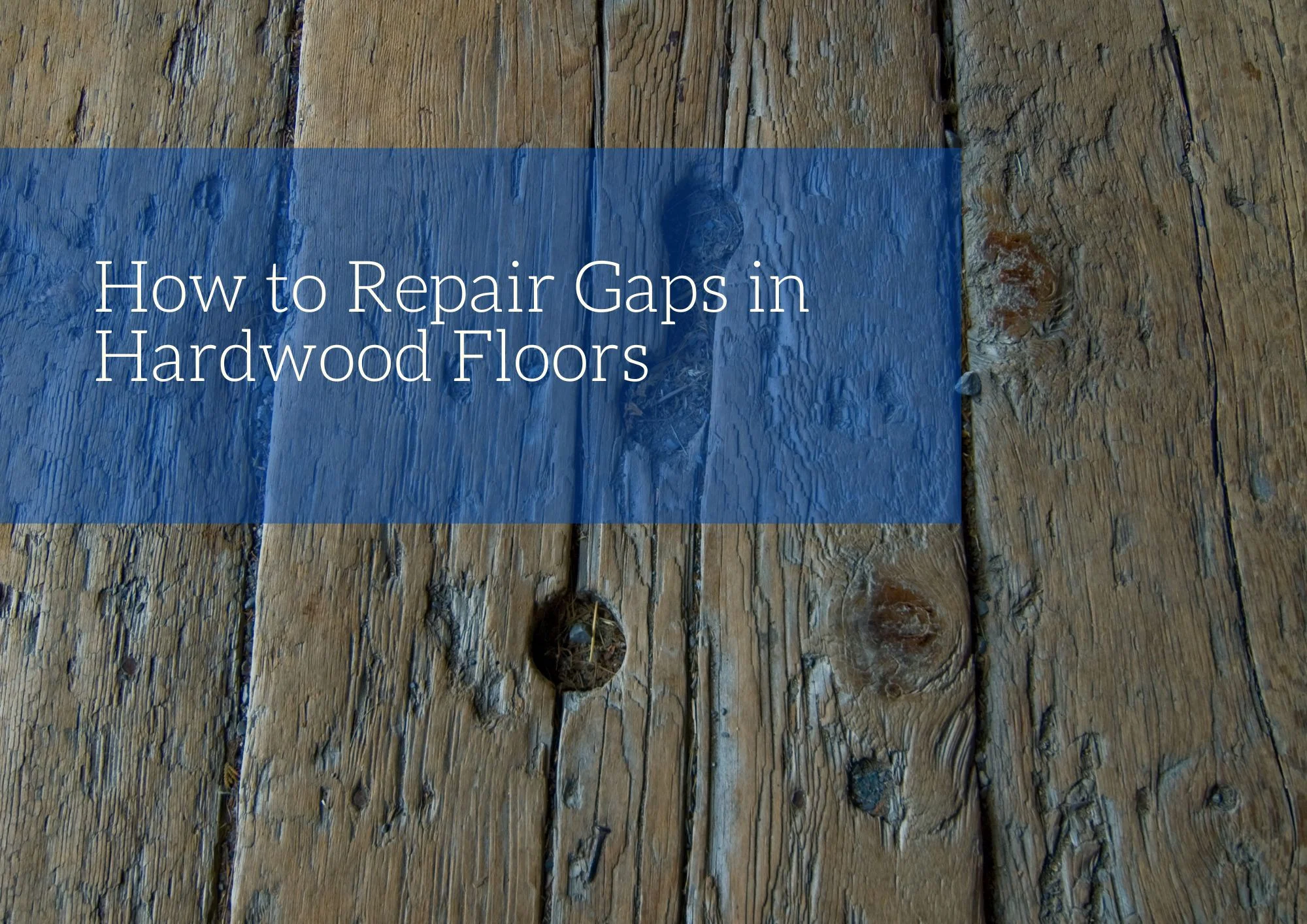Recent Posts

Hardwood floors are a timeless and elegant addition to any home. However, over time, gaps can develop between the planks, detracting from their beauty and potentially causing other issues. If you’re facing this problem, don’t worry—repairing floor gaps in hardwood floors is a manageable DIY project. Here’s a step-by-step guide to help you restore your floors to their former glory.
Using a table saw, rip-cut narrow strips from any surplus floorboards you have. If you don’t have any leftover boards, you can purchase new or reclaimed boards of the same species as your current flooring.
First, measure the width and length of each gap between the floorboards. Set up a table saw to cut strips to the measured width. Using a miter saw or handsaw, cut the strips to the appropriate length for each gap. It’s best to cut the strips from the grooved side of any extra floorboards, as this ensures the depth of the piece is correct when it contacts the tongue of the existing floorboard.
Apply wood glue to the edges of each strip and gently tap the strip into the gap with a mallet or hammer, ensuring it is flush with the surrounding boards. Wipe away any excess glue with a damp cloth and allow it to dry completely.
Finally, sand or plane down any high spots on the strips, taking care not to damage the surrounding finish or boards. Stain or finish the strips to match the rest of the flooring, ensuring a seamless repair.
Filling gaps with natural fiber rope is a classic method used in very old homes with wide plank flooring. While the rope may not look exactly like wood, you can stain it to match the flooring, making the filled gaps less noticeable compared to dark, empty spaces. Be sure to use natural rope, such as jute or cotton, because synthetic rope will not absorb stains.
Begin by scraping out the gaps with a painter’s 5-in-1 tool or a flathead screwdriver. Remove any dirt, old putty, or debris, taking care not to damage the edges of the floorboards. Use a vacuum to remove any loose dirt from the gaps. Repeat the scraping and vacuuming process until the gaps are completely clean.
Select a rope that is slightly longer and has a slightly larger diameter than the gap. Pour wood stain that matches the color of your floors into a small bucket. Dunk the rope into the stain until it is thoroughly soaked. Carefully pull the rope out, allowing the excess stain to drain back into the bucket. Stretch out the stained rope on clean cardboard and let it dry completely.
Once the rope is dry, string it along the gap. Use the 5-in-1 tool or a putty knife to press the rope into place, ensuring it sits flush with or slightly below the surface of the wood. Cut the rope to the necessary length with a sharp utility knife as you work.
Filling gaps with wood putty is a quick and straightforward procedure for small, relatively stable gaps. However, the gaps are likely to reopen during the dry season, and the putty may crack.
Start by cleaning the flooring on both sides of the gap with a slightly damp cloth to remove any dust and debris. This ensures better adhesion of the wood putty.
Apply a fine bead of wood putty to the gap. Use your finger to press the putty into the gap, moving in circular motions to work it down. Use a putty knife to remove any excess from the wood surface, being careful not to scratch the floor finish.
Allow the putty to dry according to the manufacturer’s instructions. Once dry, carefully wipe a slightly damp cloth along the filled gap to remove any putty residue from the surrounding boards. Be careful not to drag the putty out of the gap. Let the putty dry completely before stepping on the floor.
To increase the durability and compatibility of the repair with your existing flooring, apply a varnish or polyurethane coating to the filled gap. This step helps to protect the putty and enhance its appearance, making it blend more seamlessly with the rest of your floor.
With the right tools and materials, repairing gaps in hardwood floors can be straightforward. By following these steps, you can restore the beauty of your floors and extend their lifespan. Regular maintenance and climate control will help prevent future gaps, keeping your hardwood floors looking beautiful for years to come.
Visitors welcome by appointment only.
Copyright © 2025 Old World Timber. All Rights Reserved.